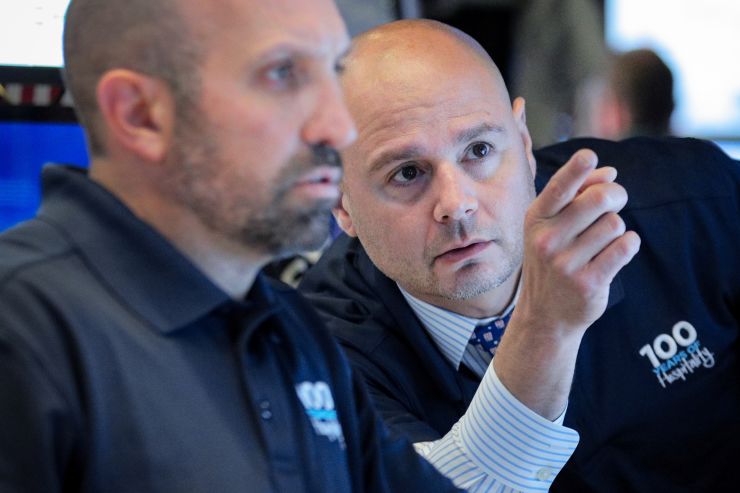
These days it’s not strange to see the market going from a long period of serenity to complete chaos in the blink of an eye. One explanation is a phenomenon dubbed a “gamma trap,” The Wall Street Journal reported. CNBC confirmed with options traders the trend that may be artificially suppressing the market’s daily changes for long periods of time, but then exasperating sudden volatile moves in the market.
Institutional investors such as pension funds are increasingly drawn to low-volatility strategies, those using options markets to ward off steep losses and deliver stable income. Whenever they buy or sell an option, their brokers have to hedge their positions by trading in the opposite direction, and market players said the amount of such hedging has now become vast enough to dampen stock market volatility for extended periods.
“All these strategies exist now where pension funds and big funds just want to sell down-side puts.They are constantly selling puts, meaning the dealers are buying the puts and they are also buying the stocks,” said Dan Nathan, principal at Risk Reversal Advisors.
“They know there is a high probability of a small gain and a low probability of a big loss, so this has become a strategy that they are just willing to do — selling downside puts,” Nathan said.
The Greek letter gamma refers to the speed in which the price of an option changes. Although the data can be hard to come by, some Wall Street analysts are using their estimates of dealers’ gamma exposure to predict the market direction.
The WSJ found Charlie McElligott, cross-asset strategist at Nomura, who was sending clients data on dealer positioning daily.
“There is just monster notional gamma at upside strikes in SPX / consolidated SPY options which acts to ‘pull’ us higher,” McElligott said in a note to client on Wednesday.
However, traders can sometimes find themselves in a gamma trap when the hedging exacerbates losses as stocks drop dramatically.
“We have seen this play out many times,” Jon Najarian, co-founder of Najarian Family Partners, told CNBC. “When the market responds to positive or negative news and makes an outsized move, those that sold those calls or puts have to chase prices higher as they try to mitigate losses.”
The phenomenon can also explain the common moves off the lows into the close, according to Nathan.
“A lot of volatility traders or market makers at big banks, they may not hedge their gamma until the end of the day. Because they came in with a certain amount of exposure and if the market had a big move and that gives them this opportunity to hedge their delta and gamma and they’ll do that maybe in the last hour of the day,” Nathan said.
